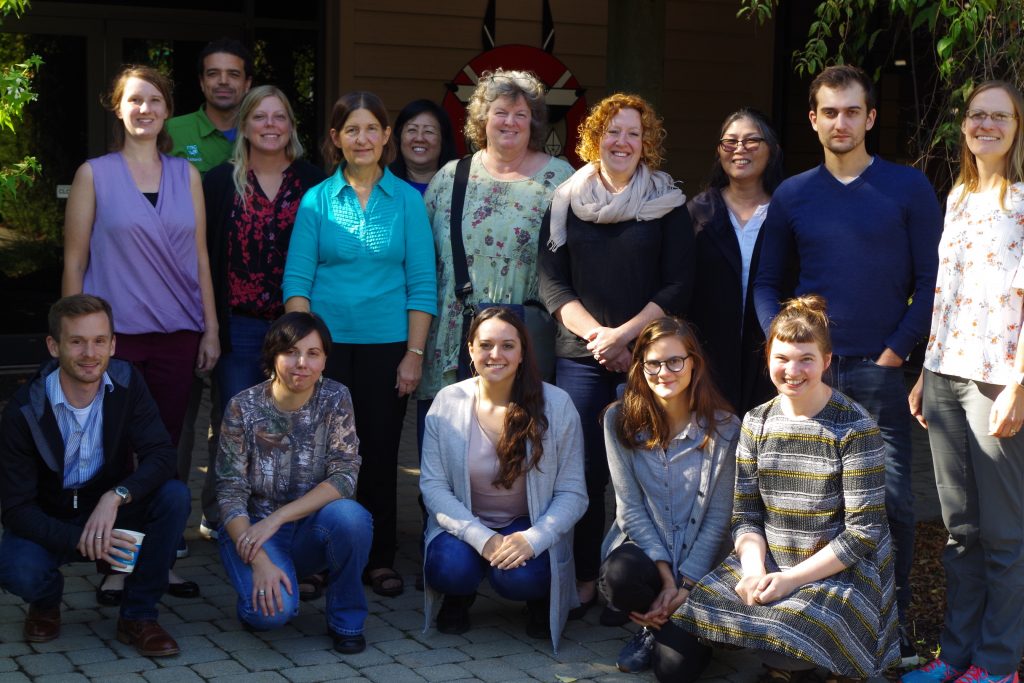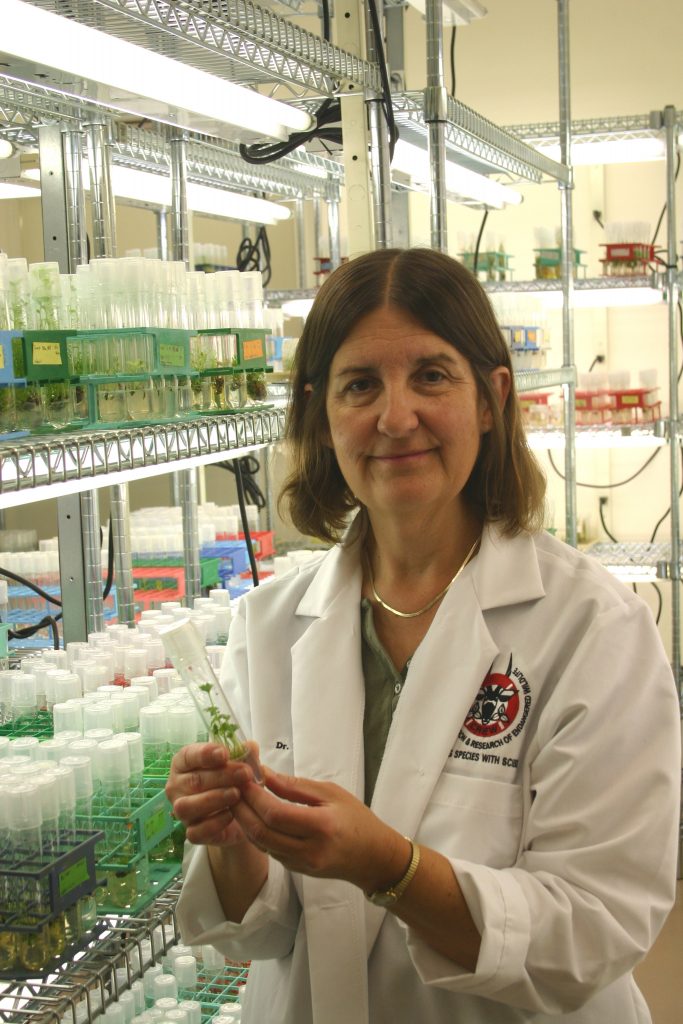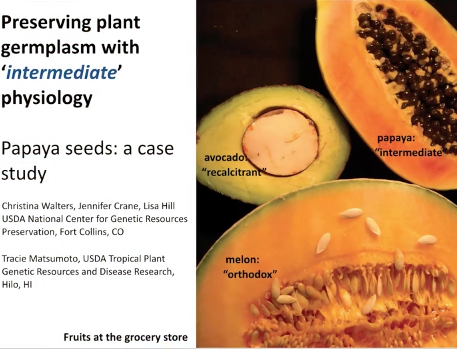
Christina Walters, Jennifer Crane, Lisa Hill, United States Department of Agriculture., USDA-ARS Seeds of papaya (Carica papaya) are tolerant to desiccation, but they are quickly damaged when stored at -5 to -20C. The seeds have a high lipid content that reflect “tropical oils,” which are high in saturated and mono-unsaturated fatty acids. Differential Scanning Calorimetry […]
Read More…

Daniela Impe, Daniel Ballesteros, Till Ischebeck, Claudia Köpnick, Hardy Rolletschek, Michael Melzer, Manuela Nagel, Leibniz Institute of Plant Genetics and Crop Plant Research (IPK) Germany, Royal Botanic Gardens, Kew, United Kingdom, Department of Plant Biochemistry, Georg-August University Göttingen, Germany Cryopreservation of pollen is used to preserve and exchange nuclear genes of plant genetic resources and to […]
Read More…
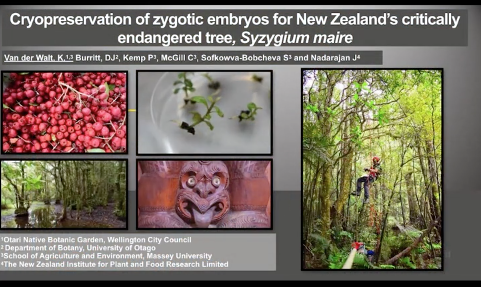
Karin Van Der Walt, Jayanthi Nadarajan, David J Burritt, Peter Kemp, Otari Native Botanic Garden – Wellington City Council & Massey University New Zealand, The New Zealand Institute for Plant and Food Research Limited, University of Otago, Massey University The pandemic pathogen, Myrtle Rust(Austropuccinia psidii) was discovered in New Zealand in 2017 and has now […]
Read More…
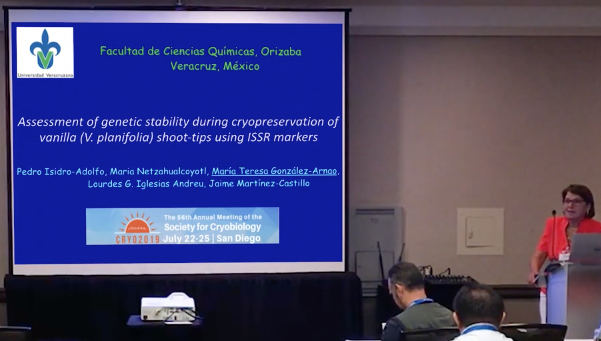
Maria Teresa Gonzalez-Arnao, Pedro Isidro-Adolfo, Maria F. NetzahualcoyotlMata, Lourdes G. Iglesias Andreu, Jaime Martínez-Castillo, University of Veracruz, INBIOTECA, CICY, In this study we used six selected ISSR primers (T05, T06, C07, UBC823, UBC825, UBC848) to evaluate the genetic stability during cryopreservation of vanilla (V. planifolia) shoot-tips subjected to a Droplet-Vitrification (D-V) protocol using PVS2 solution for dehydration. We […]
Read More…
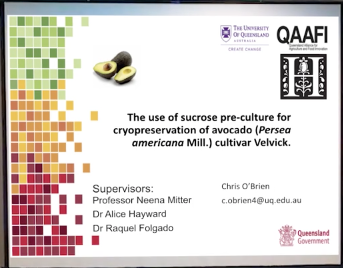
Chris O’Brien, Jayeni Hiti Bandaralage, Raquel Folgado, Sean Lahmeyer, Alice Hayward, Neena Mitter Queensland Alliance for Agriculture and Food Innovation, The University of Queensland, Australia The Huntington Library, Art Collections and Botanical Gardens, San Marino, CA., United States Australia’s avocado industry is worth over ~$557 million and produces more than 77,000t. The genetic diversity of […]
Read More…
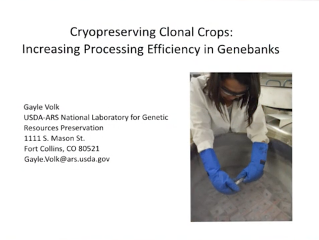
Gayle Volk, USDA ARS National Laboratory for Genetic Resources Preservation, United States The USDA-ARS National Plant Germplasm System has over 30,000 clonally maintained accessions within its field, screenhouse, greenhouse, and tissue culture collections. These fruit, nut, tuber, and bulb crop collections are usually not duplicated at secondary locations and are vulnerable to biotic, abiotic, and climatic threats. Only about 15% of […]
Read More…
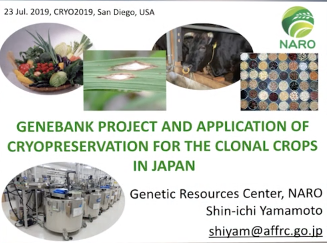
Shin-Ichi Yamamoto, Genetic Resources Center, National Agriculture and Food Research Organization (NARO) The National Agriculture and Food Research Organization (NARO) conducts Genebank Project for collecting, conserving, evaluating, multiplying and distributing plants (228,198 accessions), microorganisms (35,407 acc.), animals (1,971 acc.) and DNA materials (394,440 clones) related to agriculture since 1985. The Genetic Resources Center, NARO (NGRC) coordinates […]
Read More…
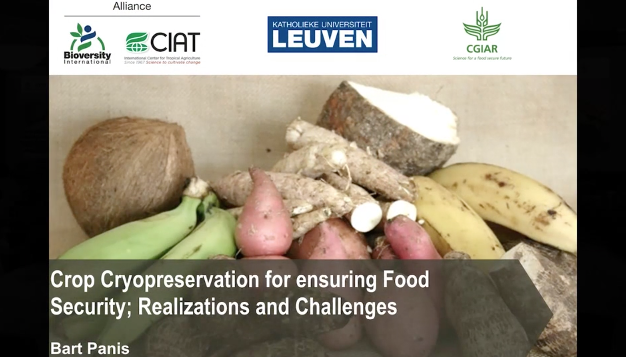
Bart Panis, Bioversity International, Belgium More than 800 million people are undernourished and 200 million children under five years of age are underweight. Moreover, the world’s population is expected to reach 10,500 million by 2050. Reliable and sustainable improvements in yield will thus be needed to meet the demands of this growing population. The availability […]
Read More…
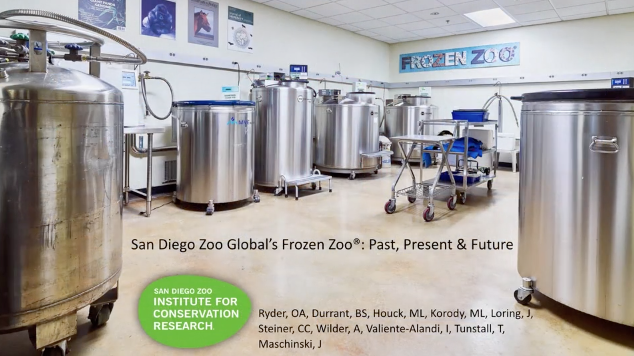
Dr. Oliver Ryder, Barbara Durrant, Marlys L. Houck, Marisa Korody, Cynthia Steiner, Institute for Conservation Research, San Diego Zoo Global Cryobanking of viable tissue culture cells at the San Diego Zoo, named the “Frozen Zoo® by its founder, Kurt Benirschke, has contributed knowledge advancing conservation science and species recovery from its beginnings in 1975. This […]
Read More…
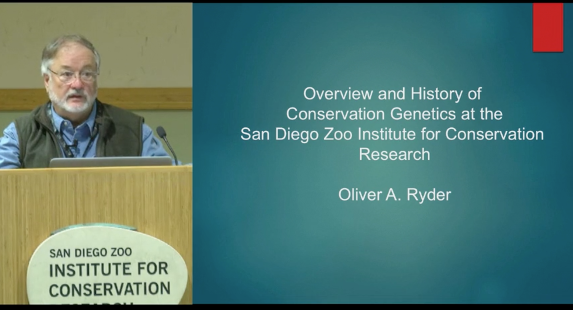
Oliver A. Ryder, Director, Conservation Genetics, Kleberg Endowed Chair, San Diego Zoo Institute for Conservation Research In January, 1975 genetics studies commenced at the San Diego with group of researchers who would become the core of CRES, the Center for Reproduction of Endangered Species – now the San Diego Zoo Institute for Conservation Research. Founded […]
Read More…
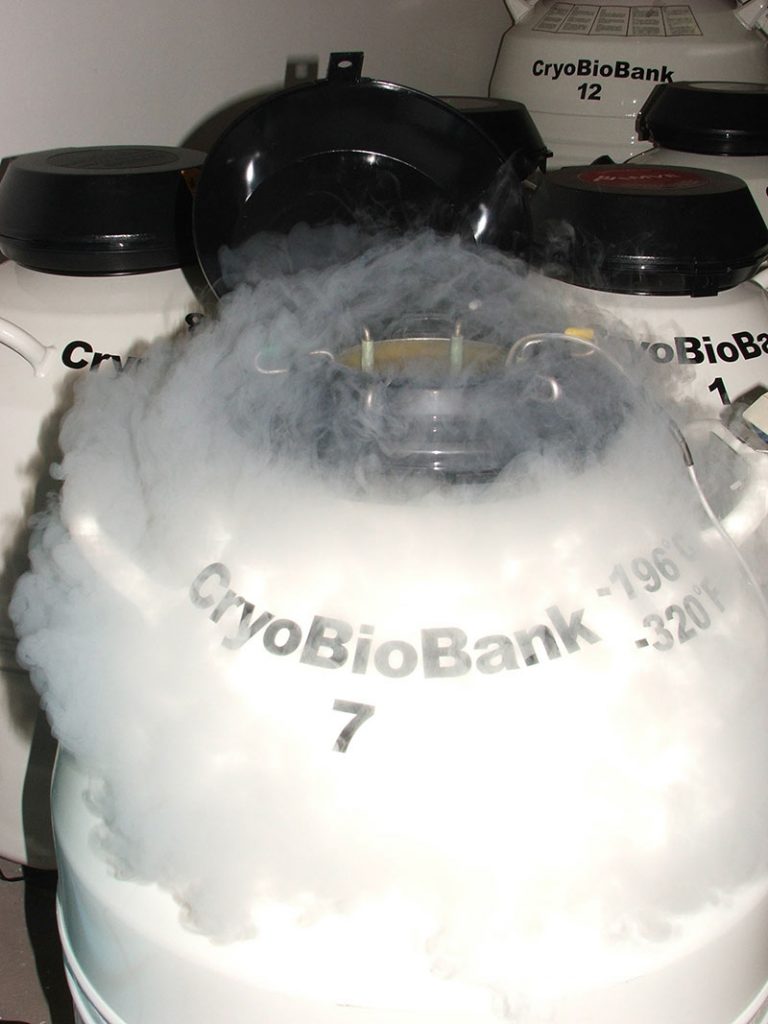
CREW’s CryoBioBank, where samples, such as those from Hawaii, will be stored. […]
Read More…
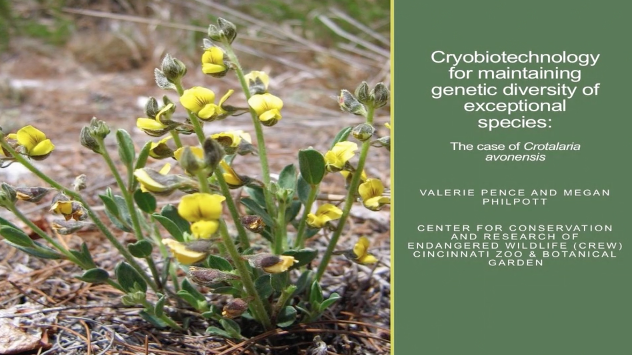
Valerie Pence and Megan Philpott, Cincinnati Zoo & Botanical Garden Crotalaria avonensis is a Florida endemic found in three populations and characterized by low seed production. In the late 1990s, CREW developed protocols for tissue culture propagation from field collected shoot cuttings as well as cryopreservation methods. In order to develop a genetically representative collection […]
Read More…
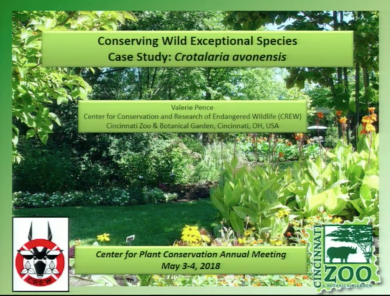
Joyce Maschinski, Center for Plant Conservation and Valerie Pence, Cincinnati Zoo & Botanical Garden Crotalaria avonensis is an endangered legume endemic to Florida that produces few seeds. In vitro shoot cultures of multiple genotypes have been grown at CREW to provide genetic diversity for restoration and for tissue cryopreservation. These cultures harbor a bacterium, identified […]
Read More…
Although many rare plants have seeds that can be stored by conventional methods, not all species have seeds that can live after drying or freezing. Sometimes called “Exceptional plants, ” these species have a wide range of variation. Some produce few or no seeds, thus they cannot be seed banked, others have seeds or spores […]
Read More…











